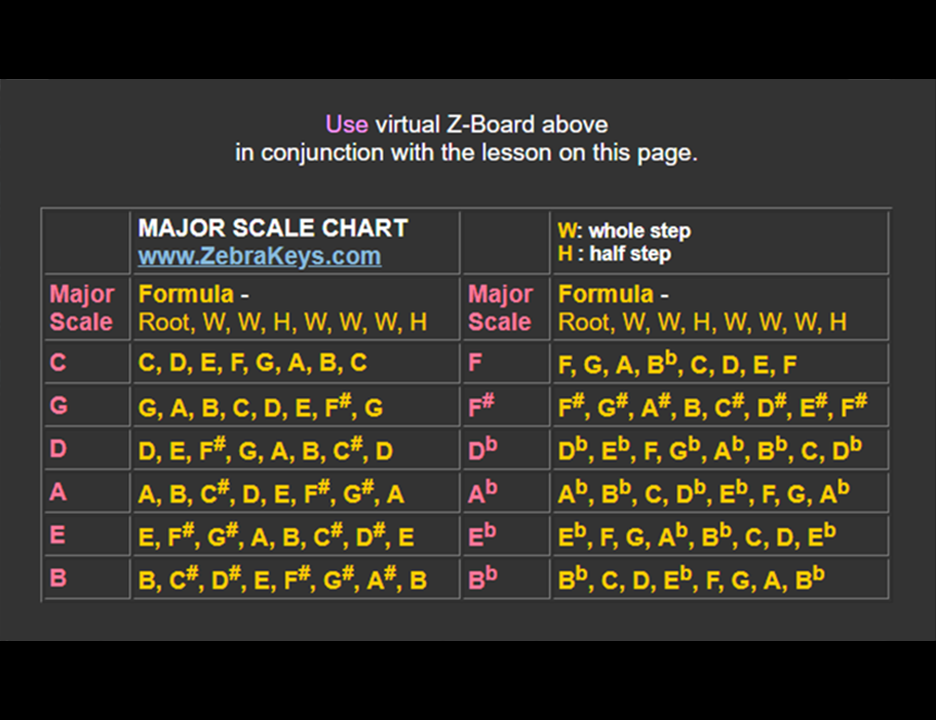Recommended
Categories
Music Theory
Lesson 14 - Intervals |
|---|
I. Index1. Introduction II. Content1. IntroductionIn this lesson you will take a look at intervals. An interval is the distance between two notes. An interval played separately is called a melodic interval; an interval played together is called a harmonic interval.2. The Half StepIn western music, the smallest interval is the half step. This is sometimes referred to as the semitone or halftone. A visual representation of the half step is any two notes on the piano keyboard that have no notes between them. Below is an illustration of some half steps on the piano keyboard. Notice that all the half steps on the piano keyboard consist of a black and white key that are next to each other. There are two exceptions. The distance between the two white notes B and C, and the two white notes E and F are also a half step.3. The Whole StepThe whole step is a distance of two half steps. This is sometimes referred to as a whole-tone. This would make a whole step any two notes with only one note between them. Below is an illustration of some whole steps on the piano keyboard.4. Description of IntervalsIntervals are described in two ways. One way to describe intervals is by number, also known as interval number. The interval number has to do with the distance two notes of a given interval are from each other on the staff. These numbers are U (unison), 2nd, 3rd, 4th, 5th, 6th, 7th, and 8ve (octave).Another way to describe intervals is by quality, also known as interval quality. Here are the terms along with their abbreviations in parenthesis used to name interval quality. Perfect (P) Major (M) Minor (m) Augmented (A) Diminished (d) Unison, fourth, fifth, octave. These intervals may be perfect, augmented, or diminished.
A perfect fourth is five half steps. A perfect fifth is seven half steps. A perfect octave is twelve half steps. A perfect unison occurs between notes of the same pitch, so it is zero half steps. In each case, an augmented interval contains one more half step, and a diminished interval contains one less half step. Second, third, sixth, seventh. These intervals may be major, minor, augmented, or diminished.
5. 12 Basic IntervalsLet's take a look at the basic intervals on the piano keyboard and what they sound like. You are going to skip the unison, because a unison is two of the same notes.Below is a Minor second, abbreviated (m2). Notice the lowercase "m". The opening of the "Jaws" theme is a (m2). Below is a Major second, abbreviated (M2). Notice the uppercase "M". The first two notes of "Happy Birthday" are a (M2). Below is a Minor third, abbreviated (m3). "The Impossible Dream" has a (m3). Below is a Major third, abbreviated (M3). "Halls of Montezuma" has a (M3). Below is a Perfect fourth, abbreviated (P4). The first two notes of "Here Comes the Bride" are a (P4). Below is a Diminished 5th, abbreviated (d5). This is also known as a Tritone, abbreviated (TT). Sing "Maria" from the song "Maria" in "West Side Story". That is a (TT). Below is a Perfect fifth, abbreviated (P5). The first two notes of "Twinkle Twinkle Little Star" are a (P5). Below is a Minor sixth, abbreviated (m6). Below is a Major sixth, abbreviated (M6). The first two notes of the "NBC" theme are a (M6). Below is a Minor seventh, abbreviated (m7). "Somewhere" from "West Side Story" has a (m7). Below is a Major 7th, abbreviated (M7). "Bali Hai" from "South Pacific" has a (M7). Below is an Octave. It may sometimes be abbreviated (Oct.). The first two notes of "Somewhere Over the Rainbow" are an Octave. 6. ConclusionIn this lesson you went over intervals. You then learned about half steps and whole steps. Intervals can be named using number and quality. You also went through and named the 12 basic intervals.
Custom Search
|
Recommended Stuff
Music Theory for Beginners
Lesson 12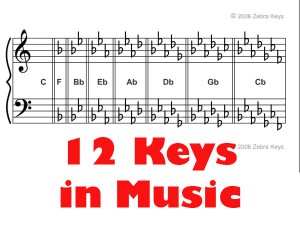 |
Lesson 13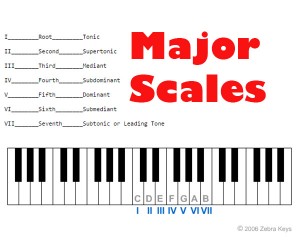 |
Lesson 14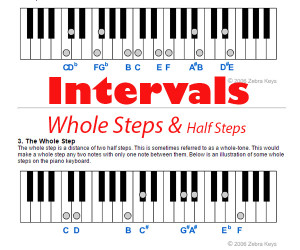 |
Lesson 14 - Intervals
What are intervals in music? Learn the intervals (the Whole step and Half step) - the smallest interval in western music is Half Step or Half Note)|
Lesson 15 Chords of Major Scale 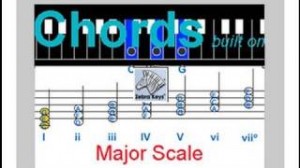 |
Lesson 16 Circle of Fifths 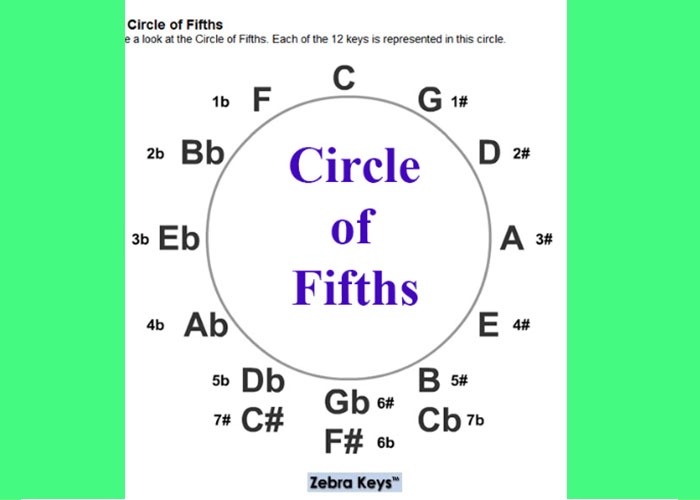 |
Lesson 12 - 12 Keys In Music
Lesson 13
Major Scale
Learn how Major Scales are built, and learn how to play Major Scale in the key of C in the video below| Formula of Major Scale is: |
| R, W, W, H, W, W, W, H |
| (R = Root Note, W = Whole Step, H = Half Step) |
| Notes in the Key of C are: |
| C, D, E, F, G, A, B, C |
Click below to watch how to play major scale in different keys
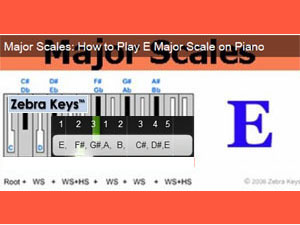 |
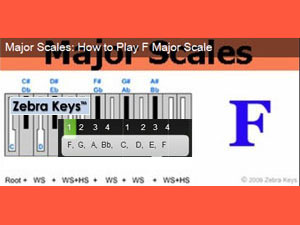 |
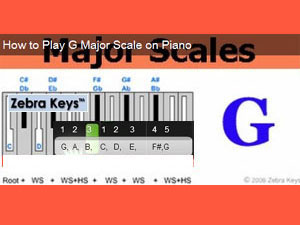 |
 |
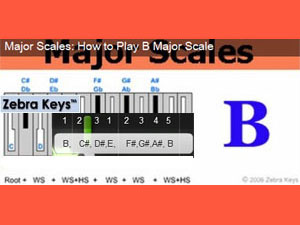 |
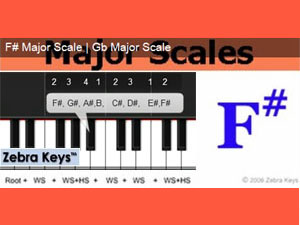 |
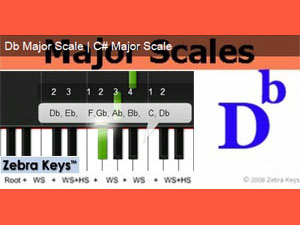 |
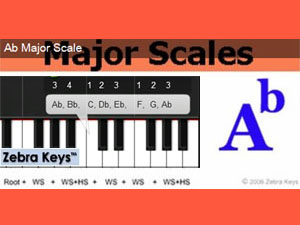 |
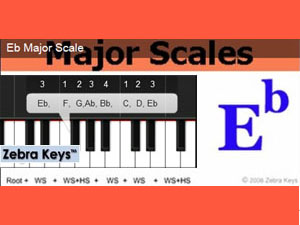 |
 |
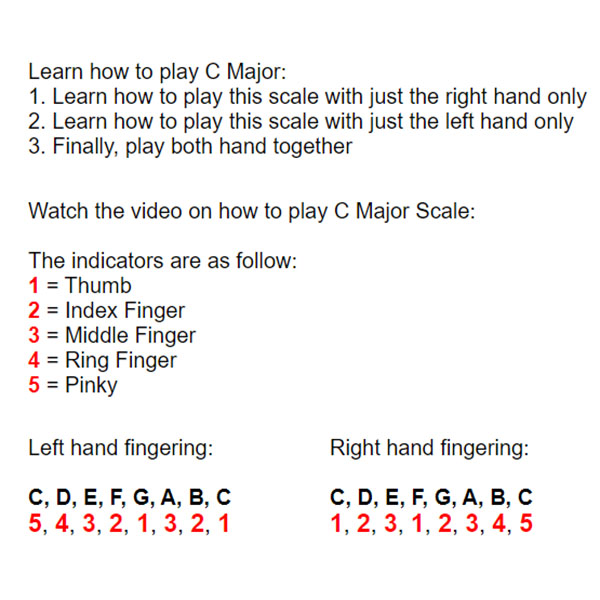
Lesson 15 -
Chords of the Major Scale
Here you will learn about Chords that are built on a Major Scale
Lesson 16 -





